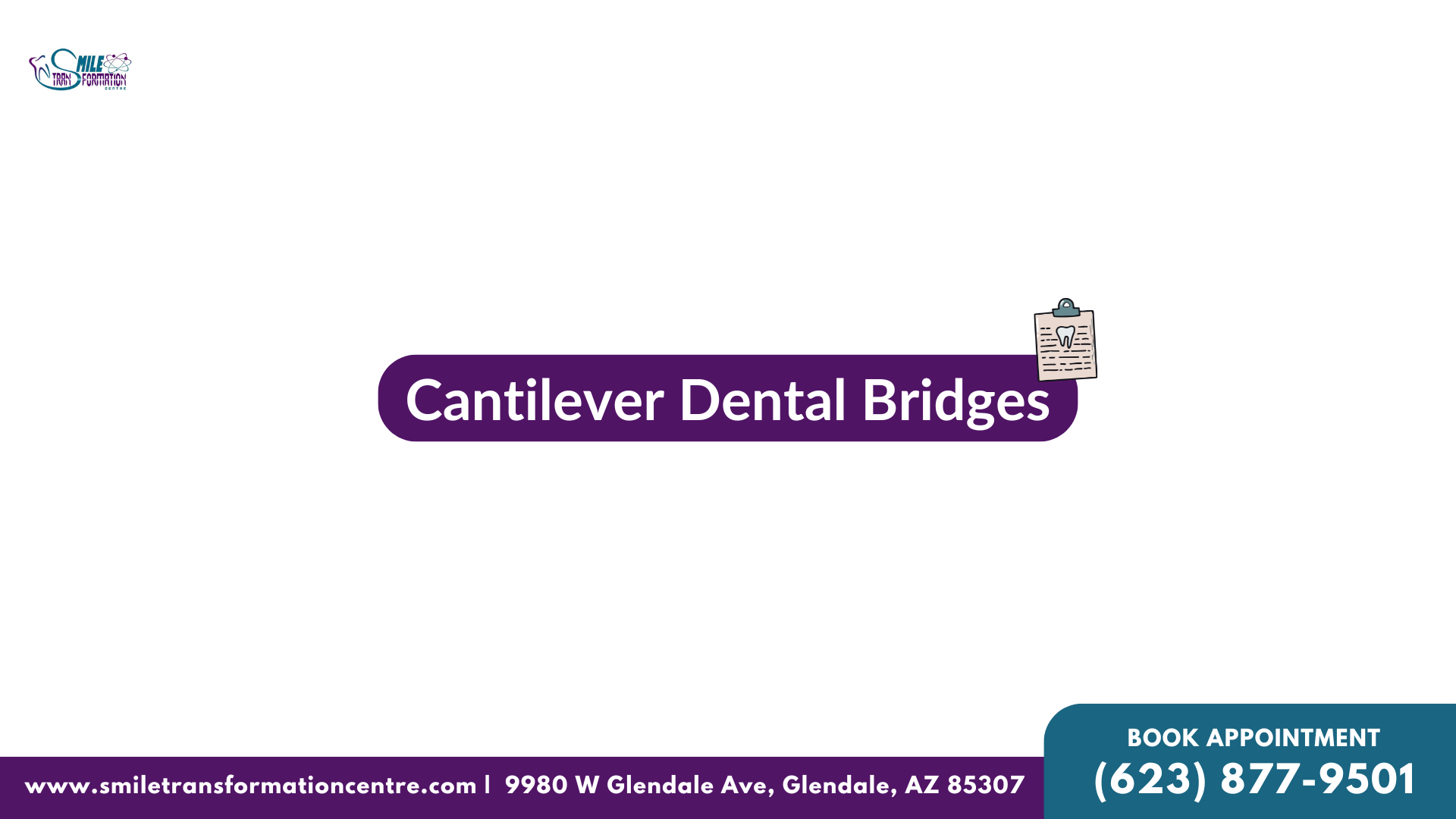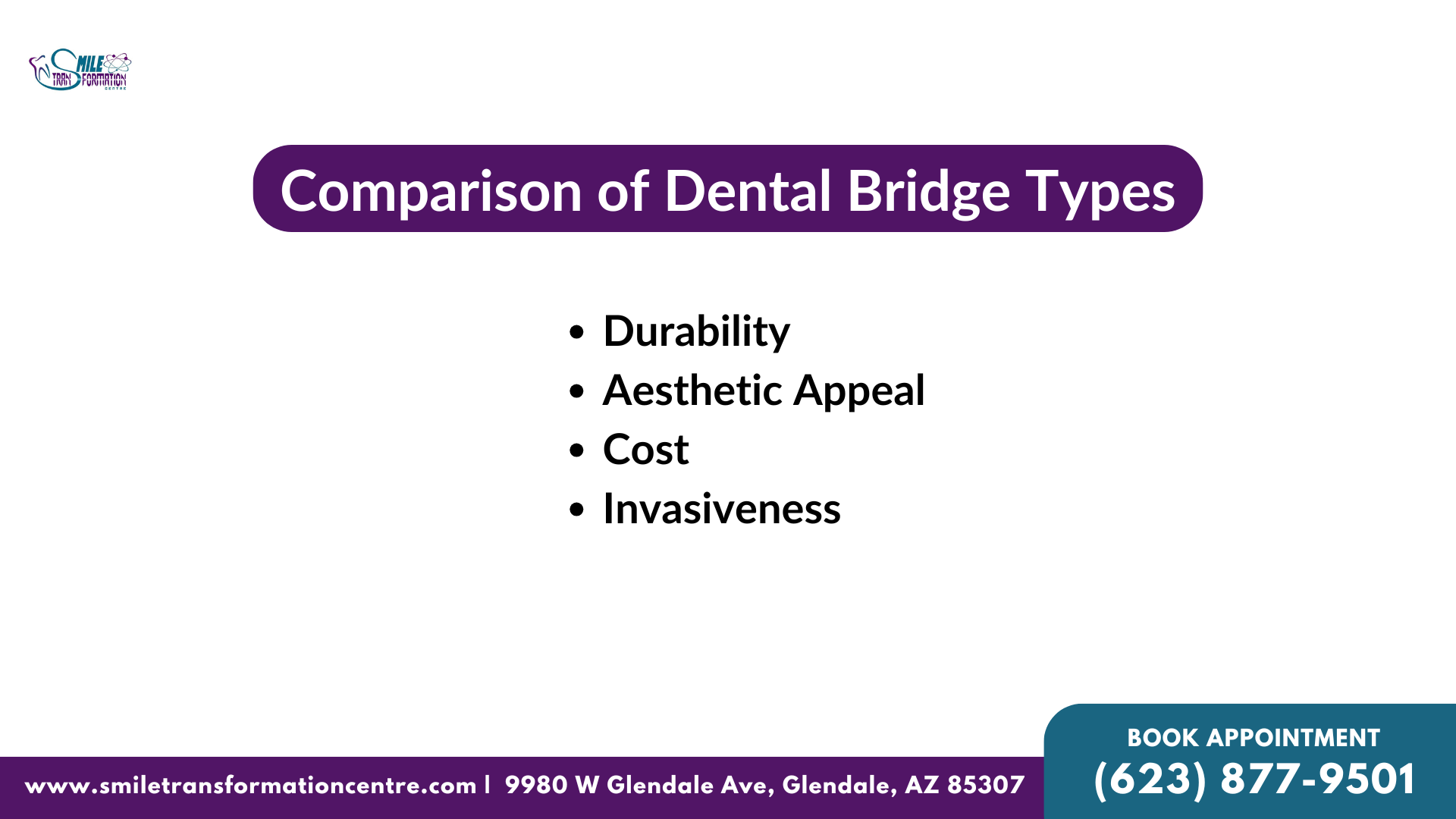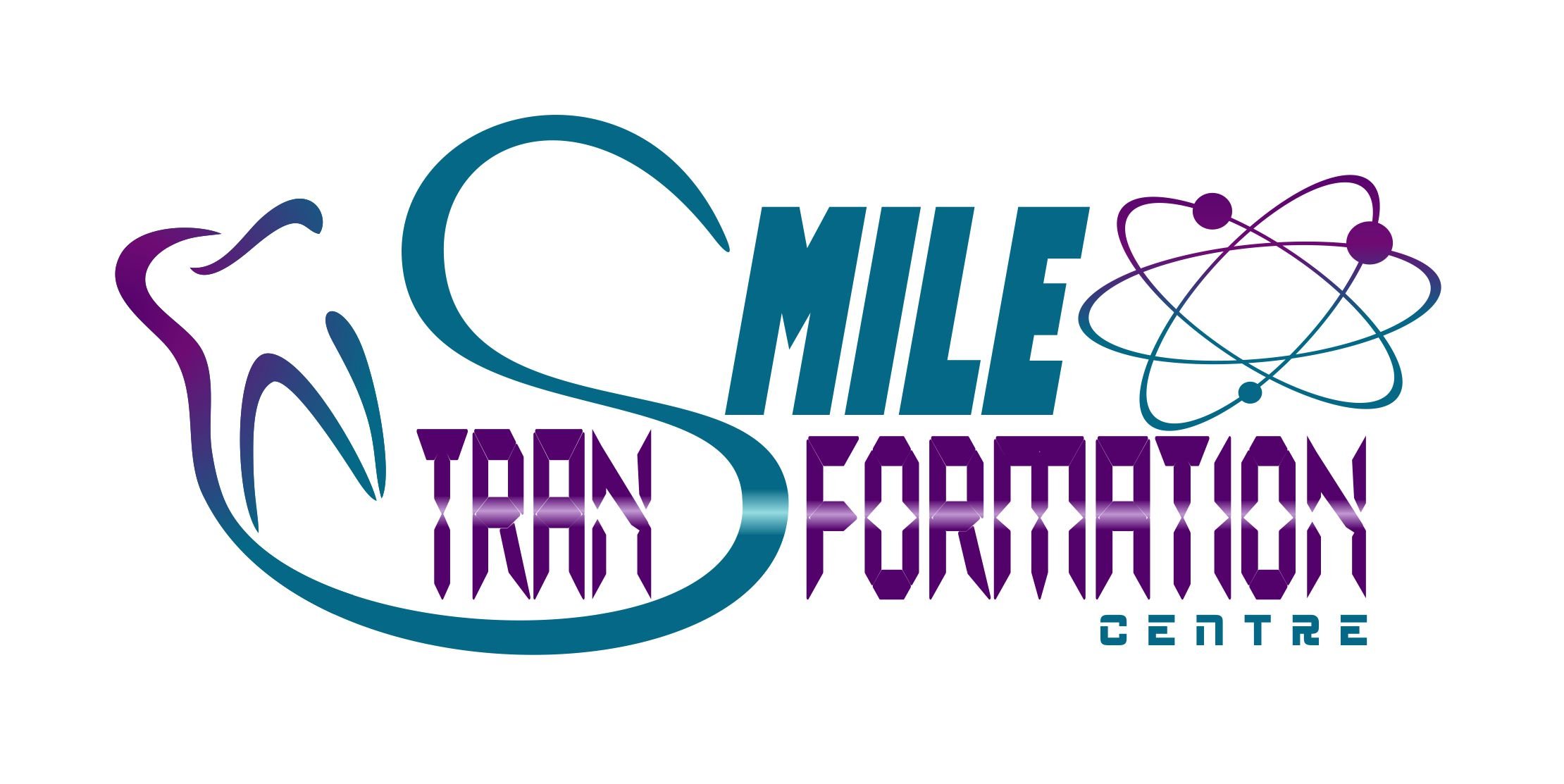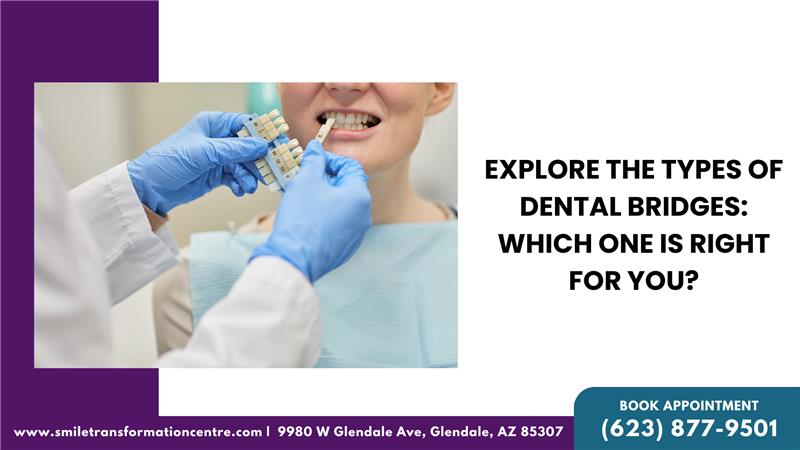Dental bridges are an essential solution for those who have missing teeth. Dental bridges not only fill in the gaps but also help maintain your face shape, improve your bite, and prevent other teeth from shifting. Choosing the right type of dental bridge depends on several factors, including the location of the missing teeth, the condition of the adjacent teeth, and your budget.
In this blog, we’ll explore the different types of dental bridges: traditional, cantilever, Maryland bonded, and implant-supported bridges. Each type has its unique dental bridge benefits
and considerations, so understanding these options is very important. We’ll also compare these dental bridge options in terms of durability, aesthetic appeal, invasiveness, and cost comparison of dental bridges to help you make an informed decision.
A dental bridge fills gaps between teeth or replaces missing ones, restoring bite, and facial shape, and preventing tooth shifting. Types include traditional, cantilever, Maryland, and implant-supported bridges, each with unique benefits. Moreover, porcelain ensures a natural look, by enhancing speech, smiles, and overall dental health.
Traditional Dental Bridges
Traditional dental bridges are the most popular type. They are made up of one or more artificial teeth (pontics) secured in place by dental crowns on either side. These crowns are fitted over neighboring teeth (abutments). Traditional bridges are most suited for individuals who have healthy teeth on each side of the gap. They are often constructed of porcelain bonded to metal or ceramics, ensuring a natural appearance.

Cantilever Dental Bridges
Cantilever dental bridges are utilized when the lost tooth or teeth has neighboring teeth on just one side. Like typical bridges, they use a dental crown to hold the pontic in place, but the crown is only linked to one abutment tooth. Cantilever bridges are less prevalent and are often indicated for parts of the mouth that do not get considerable biting force.
Maryland Bonded Bridges
Maryland-bound bridges, commonly referred to as resin-bonded bridges, are a conservative choice. They connect a metal or porcelain framework to the back of your existing teeth. This type of bridge is commonly utilized for front teeth since it is a less intrusive option that retains more of your original tooth structure. However, they may be less sturdy than other forms of dental bridges.
Implant-Supported Bridges
Implant-supported bridges are a great choice for those who are missing several teeth. These bridges rely on dental implants rather than crowns or frames for support. Implants are surgically inserted in the jawbone to provide a stable and permanent solution. Implant-supported bridges provide improved durability and usefulness, but they need adequate bone density and a longer recovery period.

Comparison of Dental Bridge Types
Durability
- Traditional and Cantilever Bridges: – Generally durable but may require replacement after 5-15 years.
- Maryland Bonded Bridges: – Less durable due to the bonding method; best for front teeth.
- Implant-Supported Bridges: – Highly durable and can last a lifetime with proper care.
Aesthetic Appeal
- Traditional Bridges: – Provide a natural look, especially when made of ceramics or porcelain fused to metal.
- Cantilever Bridges: – Similar to traditional bridges in appearance.
- Maryland Bonded Bridges: – Best for preserving the appearance of front teeth.
- Implant-Supported Bridges: – Offer the most natural look and feel, mimicking natural teeth.
Cost
- Traditional and Cantilever Bridges: – Moderate cost, typically ranging from $2,000 to $5,000 per bridge.
- Maryland Bonded Bridges: – Lower cost, generally between $1,500 and $2,500.
- Implant-Supported Bridges: – Higher cost, ranging from $5,000 to $15,000 depending on the number of implants and the complexity of the case.
Invasiveness
- Traditional Bridges: – Moderate invasiveness due to the need to prepare adjacent teeth.
- Cantilever Bridges: – Similar to traditional bridges in invasiveness.
- Maryland Bonded Bridges: – Least invasive as they require minimal alteration of existing teeth.
- Implant-Supported Bridges: – Most invasive due to surgical implantation.

How To Choose The Right Dental Bridge
Choosing the right dental bridge depends on various factors, including the location of the missing teeth, the health of adjacent teeth, your budget, and your preference for durability and aesthetics. Consulting with the Smile Transformation Centre can help you determine the best option based on your specific needs.
The Smile Transformation Centre in Glendale offers expert dental bridge services tailored to your unique requirements. Whether you’re looking for a same-day dental bridge near you or comprehensive dental care, our team is here to provide exceptional service and care. Consider the specific needs and consult with a dental professional to choose the best solution for your smile.
Transform your smile today with the best dental bridge options available at the Smile Transformation Centre in Glendale. Contact us now for a consultation and discover how we can help you achieve a beautiful, functional smile. Visit our website or call us to schedule your appointment.

